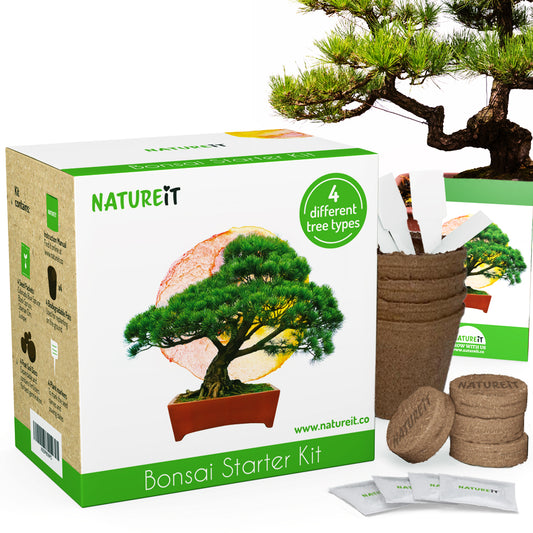Another well known feature which immediately stands out when you get the first look at a Bonsai trees is its deadwood. Deadwood gives a Bonsai tremendous amount of character and makes it appear old and well-cared for.
Forms of deadwood include Jin and Shari. Jin is a bare stripped part of the branch and Shari is barkless part of a trunk.

Deadwood forms in nature when a tree gets hit by lightning for example. It can also be formed due to extensive periods of drought or when branches snaps due to extreme frost and ice conditions. When the wood dies it gets bleached by the sunlight and creates the deadwood.
Deadwood is usually seen and created only on evergreen trees. Creating Jin or Shari deadwood on deciduous trees will not have a natural look to it and it most likely rot over time.

When is it best to create deadwood
The best time to create deadwood is the early spring or late summer, before or after the growing season.
Tip: When you prune your branches, whether it's for maintenance or for training and structural pruning, that would be a perfect time to consider creating Jin out of them.

How to create deadwood on Bonsai trees
Deadwood is one of the most advanced techniques to master in and doing it wrong may harm your tree and do more damage than good. It requires practice and experience so it might be best not to try it first on your young and growing from seed Bonsai tree. You should get the right tools such as graving tools, Jin pliers and lime sulfur to use and the results will surely be better.
How to create a Jin deadwood
Using Jin pliers, carefully pull the bark from the branch where you want to create the deadwood, leaving only the hardwood. Pull away any slithers of wood and cut them off at the end of the Jin. When you get your Jin shape ready, round off the sharp edges with a concave or sandpaper. Use Lime Sulfur to paint the Jin area and let it dry for the night. This will bleach it and prevent it from rotting.

How to create a Shari deadwood
As mentioned before, creating deadwood is not an easy job, and when it comes to creating Shari, selecting the right spot is the first hurdle. Selecting a right spot means not only that it will look good, but that you will not damage your tree by cutting off the flow of essential nutrients to branches located high in the tree.
Take a moment to draw the shape of the desired Shari on your tree's trunk with chalk and be ready to take this process very slowly as it should not be done in haste, but spread over the course of several months at least.
Using Jin pliers and a sharp knife, cut through the bark and tear it down. Start by removing small and narrow strips of the bark. It's recommended to do this in steps, and once the tree had some time to recover you can then widen the strip you started removing. You can then hollow the trunk gently using a concave or graving tools. Be sure to not over do it. Using Lime Sulfur you will now need to paint the Shari part and bleach it to protect it and prevent infections.
Happy Growing!





